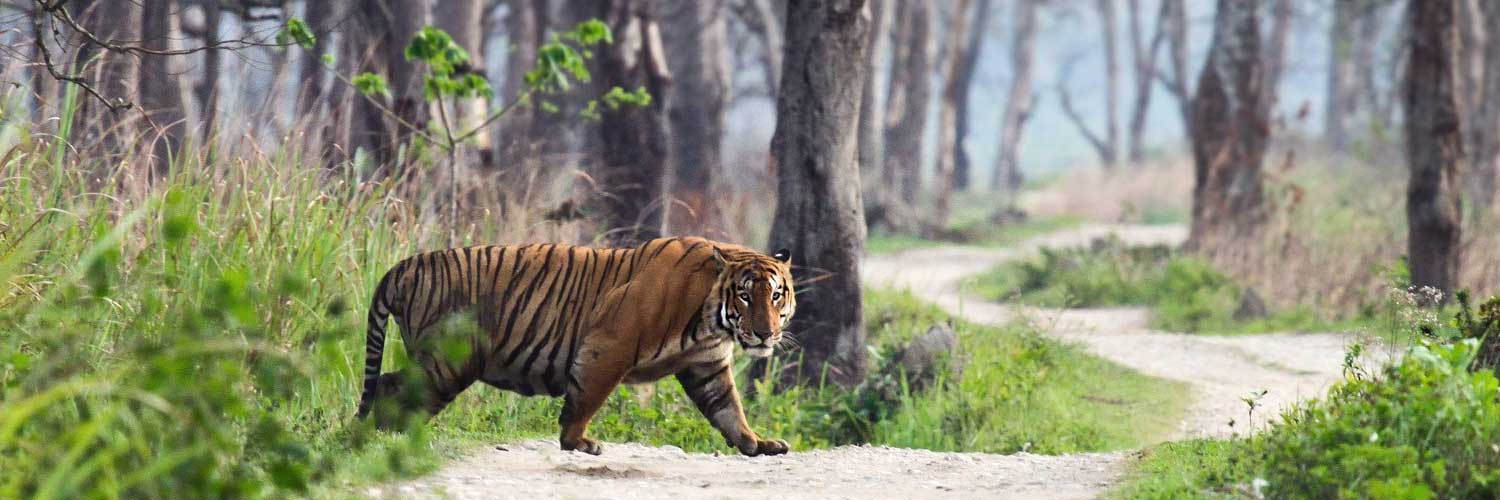
Places to visit in Ranthambore include Ranthambore Fort, Padam Talao, Malik Talao, Raj Bagh Talao, Rajiv Gandhi Regional Museum, Kachida Valley, Dastkar Ranthambore, Ranthambore School of Art, Wild Dragon Adventure Park, Raj Bagh Ruins and many more. Talking about the places to visit in Ranthambore, you will be provided with some of the most wonderful tourist destinations in the world here. Places like Ranthambore Fort, known for its intricate architecture and Rajiv Gandhi Regional Museum which is known for its age-old antique and craft collections have attracted flocks of tourists towards them. In addition to these places, some landmarks such as Kachida Valley and Ranthambore National Park have been providing the tourists with a much required natural hidepot away from the monotonous life of the city. The tourist places to visit in Ranthambore attract various wildlife enthusiasts and nature lovers towards their rich diversity of flora and fauna. By visiting the famous tiger reserve of Ranthambore, one would be able to sight royal bengal tigers, wild bears, and boars in their natural habitat. One of the major highlights of Ranthambore include its fort which is home to some of the beautiful royal palaces, ruins of former rulers, adventure sports and lots of other amazing things.
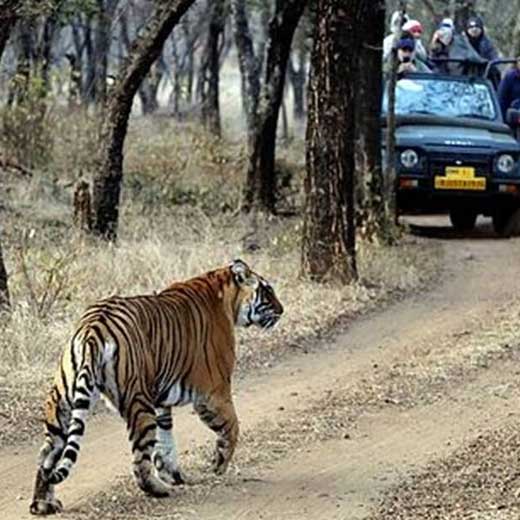
Tiger Reserve
Spread in an area of 392 sq. Km, the Ranthambore Tiger Reserve is one of the largest and famed tiger reserves in the country, famous for the magnificent Bengal.
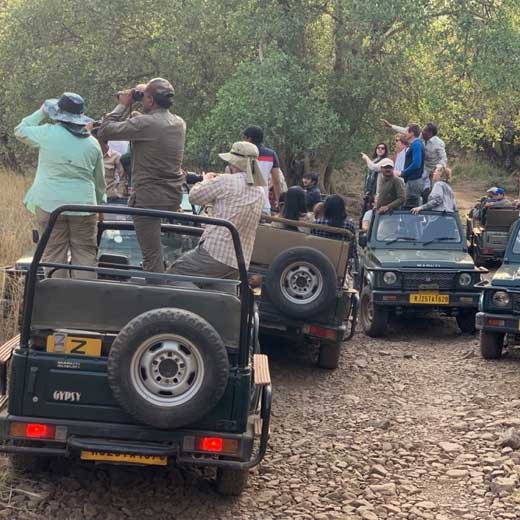
Jeep Safari
Jeep Safari is the best way to explore the various zones of the Ranthambore National Park. Jeep safaris need to be booked well in advance to ensure availability.
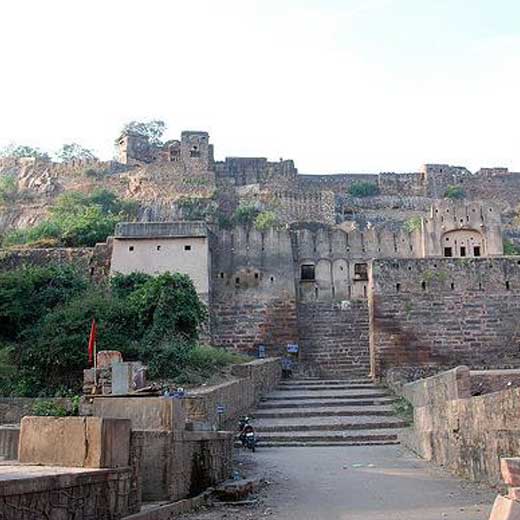
Ranthambhore Fort
Ranthambore Fort lies in the reserve itself though you need not buy a ticket to get into the reserve to see the fort. The fort is situated higher up and the view.
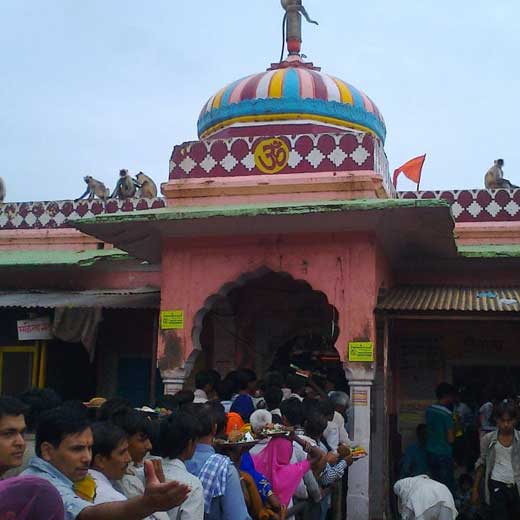
Ganesh Trinetra Temple
One of the most famous temples of Lord Ganesha is located atop the fort. The local post office receives and delivers thousands of invitation cards to the Lord.
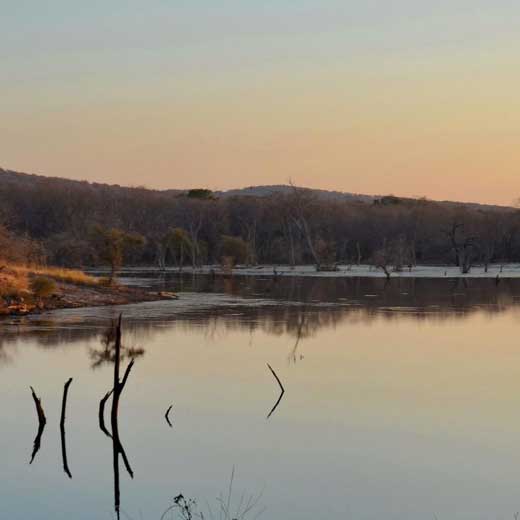
Surwal Lake
A beautiful natural water body, Surwal Lake is a treat to the tired eyes. It is located inside the Ranthambore National Park and the mesmeric surroundings make.
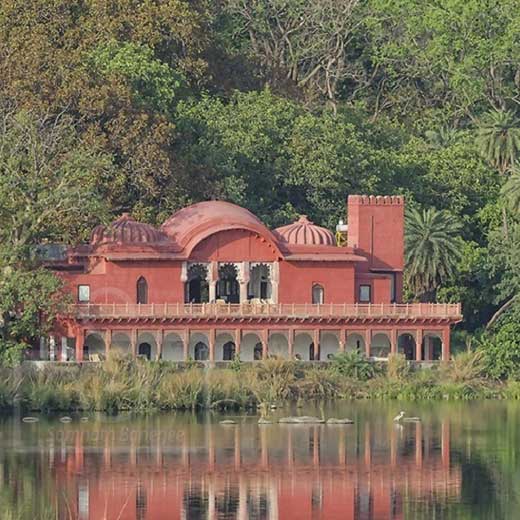
Jogi Mahal
Located within a 500 metres distance from the famous Ranthambore Fort in Rajasthan, Jogi Mahal is the iconic hunting lodge built by the royalties of Jaipur for.

Ranthambore School of Art
A visit to the Ranthambore School of Art is a must for art lovers. It is a school of arts where the students always strive to conserve and promote their.
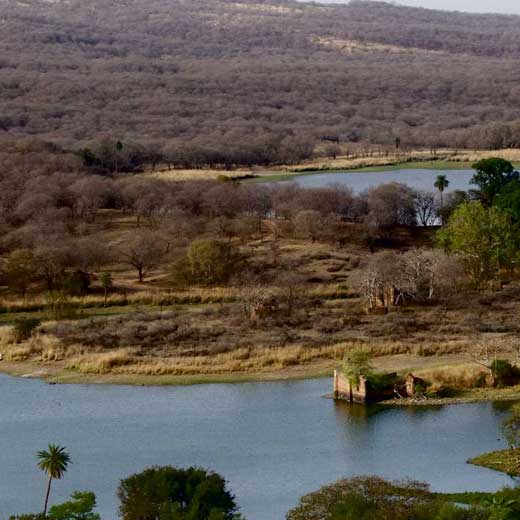
Padam Lake
Padam Lake is the largest lake in the Ranthambore National Park. The water body is visited by most of the animals in the mornings. This is one of the few.